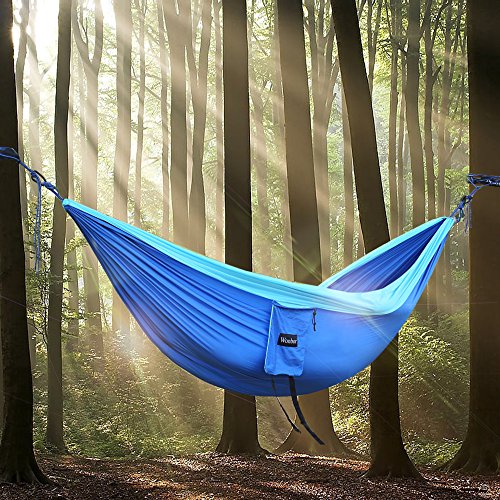Our Best Camping Sleeping Bags Matts, Pads and Hammocks
With its origin patented in 1876 by pioneer Pryce Jones, the modern day sleeping bag is a portable bed for a person, or people, that is lightweight and usually closed by a zipper. It is typically water repellent and is often able to protect the person using it from wind chill and excess UV exposure. There many different types of bag available on the market based on temperature ratings, comfort ratings and extreme ratings, along with synthetic and down versions.
In this guide, we will discuss key features of sleeping bags and help you decide which is best for your camping trip.
Most bags available on the market are graded by season, to help you find the right sleeping bag for the time of year you will be using. This handy system is scored as follows-
Season 1- use in UK summer months or when camping in warm countries abroad. Lightweight and compact.
Season 2-use in UK late spring to early autumn. A typical bag with minimal insulation.
Season 3- use in UK early spring to late autumn. These types of bag have medium level insulation.
Season 4- thicker bags, usually insulated with down, these are for use in winter, when temperatures can drop below zero degrees.
Season 5- used in mountain climbing and extreme cold temperatures, these extremely thick, thermal bags are also known as expedition bags.
There are also 2 different material used in most bags- synthetic and down. Depending on your budget and the weather you are intending to use it in, there are pros and cons to each design.
Synthetic bags- the most commonly purchased type of bag and also tends to be cheaper. They also have the benefit of being easy to clean and retain insulation when damp or wet. However, they tend to be bulkier and heavier, they do not retain heat as well as down insulated bags and are therefore, not recommended for colder climate. Unfortunately, as is typical with cheaper items, they tend to be shorter lived. But, they are superior in their ability to keep the user cool, which is useful during typically warmer camping weather.
Down bags- weighing less than synthetic bags and are often praised for being superior at retaining heat, a down bag is a must have if you are spending the night outdoors in the cold. This is due to the feathers of the duck or goose being naturally better at trapping warm air. Because of this, they also tend to be slimmer and can be compacted in to a much smaller size- very useful at creating space in a backpack. However, the natural insulating properties of a down bag has a common drawback; the thermal nature of the bag dissipates when the bag becomes wet, due to feathers losing their fluffiness. For these reasons, they are not suitable for wet weather conditions. They are also more expensive.
The shape of your sleeping bag is also an important consideration. Once again though, this will depend on the weather in the location you are taking it to.
Rectangle- The typical bag is a rectangle in shape, often with a zip up one side to allow easy access. These shapes are not designed to retain heat very well, so are better suited to summer camping and can even be used indoors if you have an unexpected guest sleeping in your living room.
Hooded/mummy bag- a more fitted, tapered bag, the mummy bag has better thermal insulation than a rectangular bag and also has the benefit of weighing less and being easier to compact. This is due to a typical mummy bag being made out of down feathers. It also has a hood, to provide additional insulation against the cold.












